Essentials for the Big Garden Birdwatch 2021, according to experts
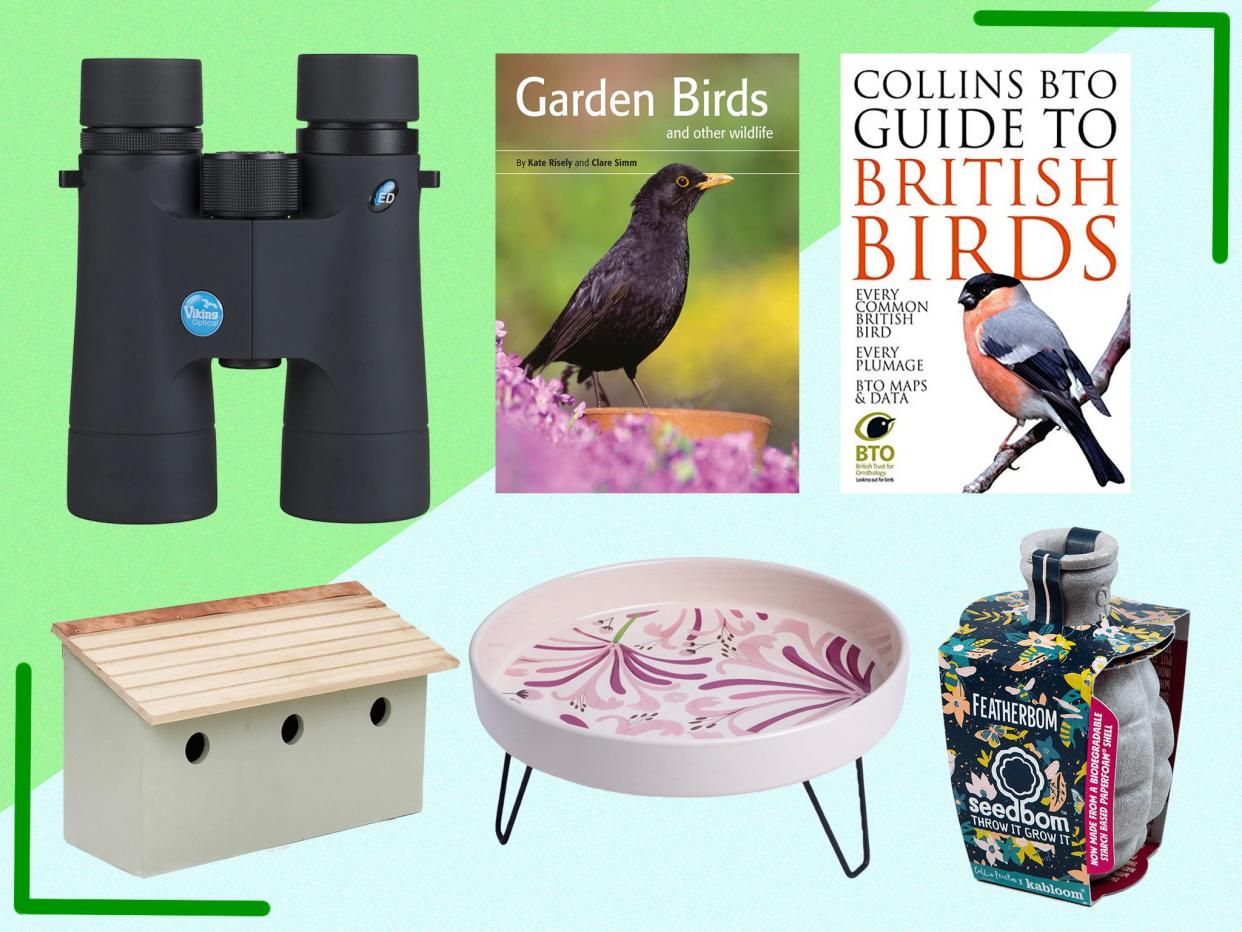
Taking part gives you an opportunity to connect with nature, which is thought to benefit both mental and physical wellbeing
(The Independent)The Big Garden Birdwatch is back from 29 to 31 January, and everyone’s invited to take part.
The Royal Society for the Protection of Birds (RSPB) – the largest wildlife conservation charity in the UK – has seen a 69 per cent increase in website users compared with the same period last year, and has recorded a tenfold increase in traffic for its guide to building a bird box. This makes the RSPB hopeful that more people than ever will participate in its 2021 birdwatching event.
For the uninitiated, the Big Garden Birdwatch is the UK’s largest garden-based citizen project, with the RSPB asking you to spend just one hour watching and recording the birds that you see in your garden.
Read more: Best binoculars for bird watching and star-gazing
According to the charity, over the past 42 years of the event, 144 million birds have been counted, providing an essential insight into how our wildlife is faring and helping it create a snapshot of the number of birds across the UK.
This is particularly important considering that 40 per cent of the world’s bird species are in decline, and one in eight are threatened with global extinction.
Birds are an intricate component of key ecosystems, so the data gathered during the Big Garden Birdwatch enables the RSPB to better understand how populations are changing, which helps to inform any conservation efforts needed.
Fortunately, birdwatching can be beneficial for people, too. It gives “an opportunity to connect with nature, something that is increasingly being shown to benefit both mental and physical wellbeing”, says Robert Jacques, supporter development officer at the British Trust for Ornithology (BTO).
To take part, simply choose any hour between 29 and 31 January and count the birds you see land – ignore ones in flight, and try to avoid double-counting. Record the highest number of each bird species you see at any one time, not a running total. Then, submit your results online on the RSPB birdwatch page between 29 January and 15 February.
Read more: Everything you need to start food foraging, according to experts
To help you on your quest, we spoke to the experts about everything you need to succeed at spotting birds. From an essential pair of binoculars, to how best to entice feathered friends into your garden, prepare to release your inner ornithologist.
You can trust our independent round-ups. We may earn commission from some of the retailers, but we never allow this to influence selections, which are formed from real-world testing and expert advice. This revenue helps to fund journalism across The Independent.
Birdwatching essentials
If you’re new to birdwatching, there’s some useful equipment you can invest in to make the experience a little easier. For many, binoculars are an obvious starting point, and the BTO’s Robert Jacques suggests paying attention to certain specifications.
“The most popular sizes for birdwatching are 8x30 and 10x40, where the first number is the magnification and the second the size of the objective lens,” he says.
If most of your birdwatching is in your garden, as is the case with the Big Garden Birdwatch, then Jacques says that 8x magnification is sufficient. However, if you are on reservoirs, estuaries and places where birds are going to be a little more distant, go for 10x magnification.
In our review of the best binoculars, the Viking peregrine 8x42 model (Amazon, £309.02) took the top spot thanks to its superb image quality.
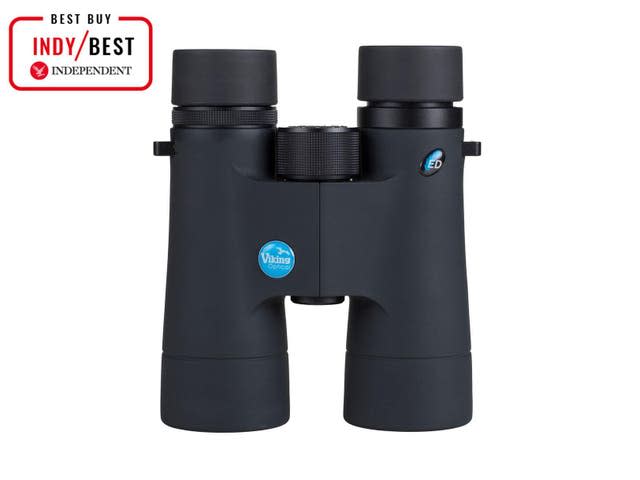
“Avid birdwatchers will love this understated pair from British brand Viking which are backed up with a 10-year warranty. The bigger 42mm objective lenses gather more light, making them ideal for misty, murky early mornings in the countryside,” noted our writer.
For something a little more pocket-friendly, the Bushnell H20 8x42 pair (Amazon, £91.45) similarly received rave reviews as a good all rounder.
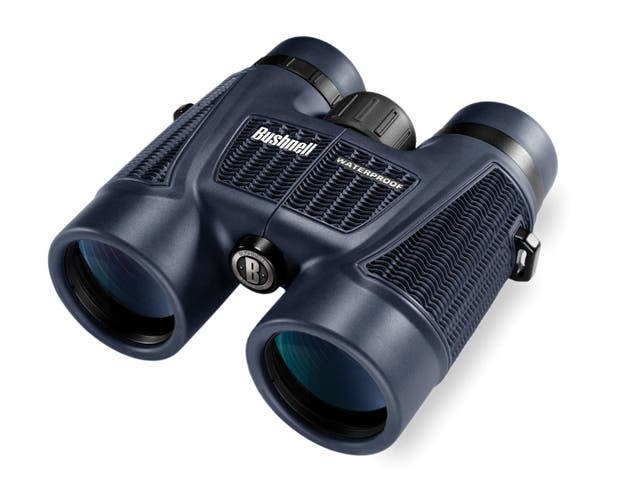
“Image quality proved to be really good and we found fine adjustments easy thanks to the smooth action of the focusing knob,” said our reviewer.
Another beneficial bit of kit is a book. Jacques recommends that for those starting to birdwatch in their gardens, Garden Birds and other Wildlife by Kate Risley and Clare Simm (BTO, £14.99) is a fantastic resource.
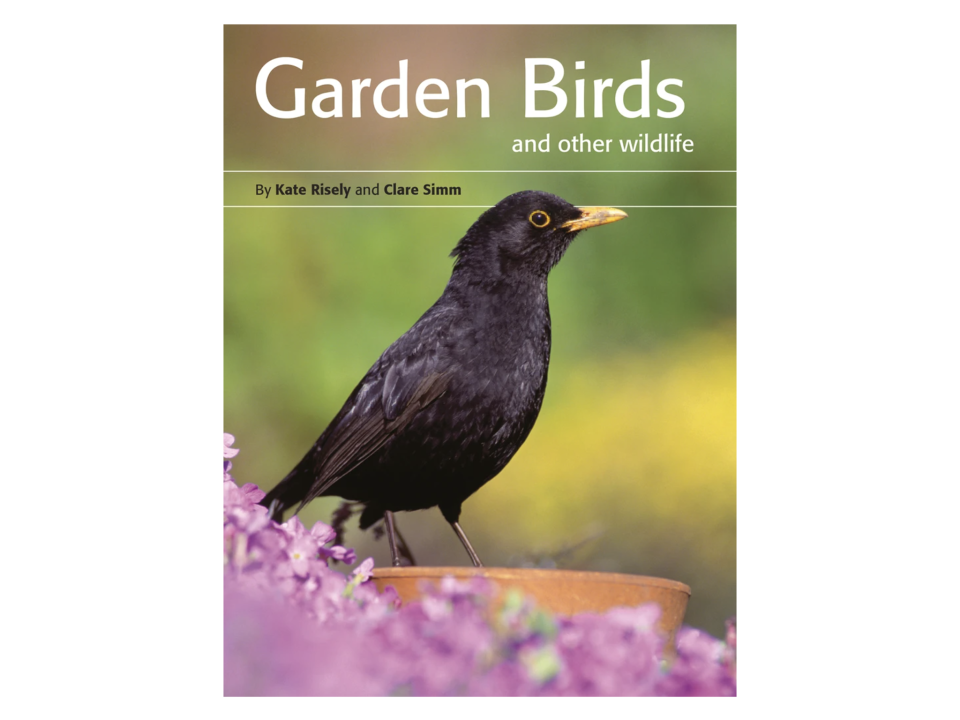
It’s not only a great tool because it teaches you to identify the birds that are likely to appear on your lawn, but also because you can learn about their behaviour and when you might expect to encounter them, says Jacques.
For those that venture further into the countryside, Jacques recommends the Collins BTO Guide to British Birds by Paul Serry and Paul Stancliffe (Amazon, £13.99).
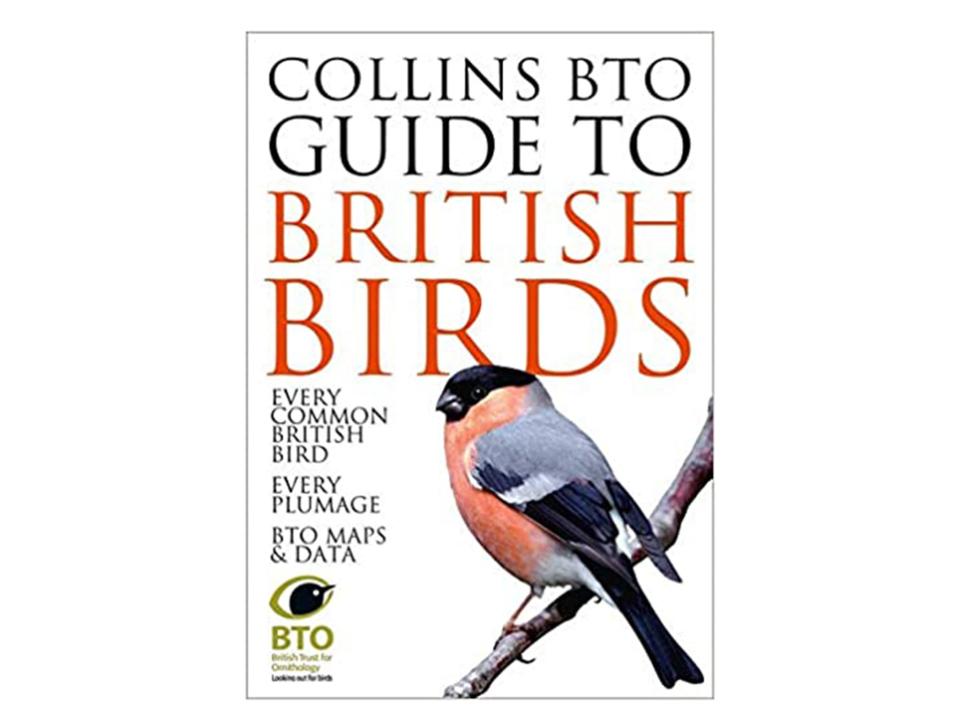
It also has details of more unusual species, and is illustrated with quality photographs.
"Fortunately, one of the most useful tools for birdwatching is already in nearly everyone's pockets; a mobile phone. Being able to record a piece of bird song can make research later much easier. There are numerous apps to help with identification, although the quality varies a lot," says Jacques. He recommends the BirdTrack app, which is available to download on iOS and Android.
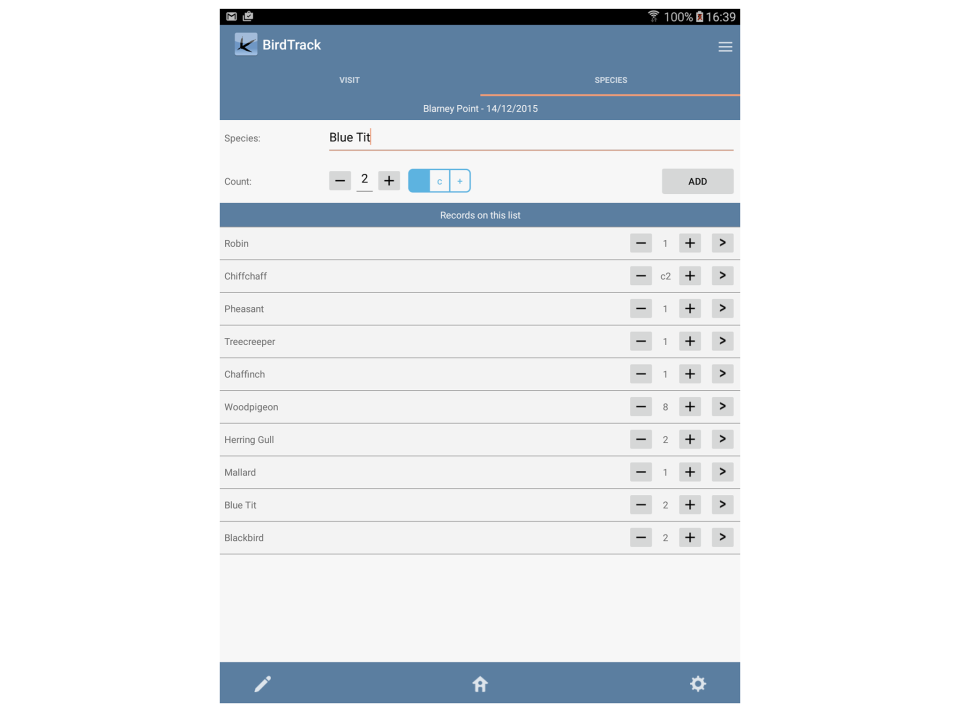
Jacques adds that it is “is a great tool for keeping a log of your sightings in the field. There are also adapters available to help take photos through their binoculars and telescopes.”
How to attract birds into your garden
If you’re wondering how to coax wildlife into your yard, there are a number of tactics.
“One of the simplest ways is to leave some parts of your garden to grow wild. This will create nesting opportunities for birds, which like dense vegetation, and homes for insects, which most garden birds need to nourish chicks,” he advises.
Read more: 9 best gardening gifts to treat the green-fingered person in your life
Jacques recommends fruiting trees and bushes, along with large seedheads, such as teasels, as a great resource for birds in the winter.
If you’re unsure which plants to choose, we’d recommend this featherbom seedbomb (Kabloom, £3.95), which contains a wildflower seed mix including teasels.
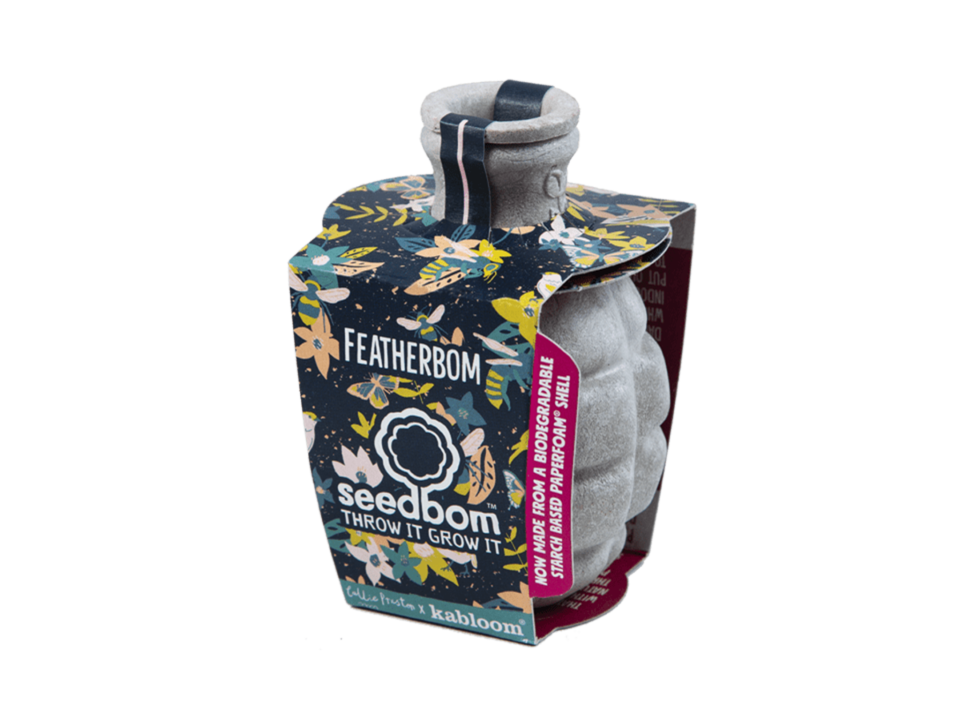
Simply shake, pull the pin and throw or drop the seedbom onto bare soil, where there is plenty of natural light. Either plant in spring for flowering in the same year, or autumn for the following year.
Jacques also suggests adding a simple birdbath to your garden – we’d opt for this Petface honeysuckle ceramic bird bath (Amazon, £26.98) since it provides plenty of room for all of your garden visitors.
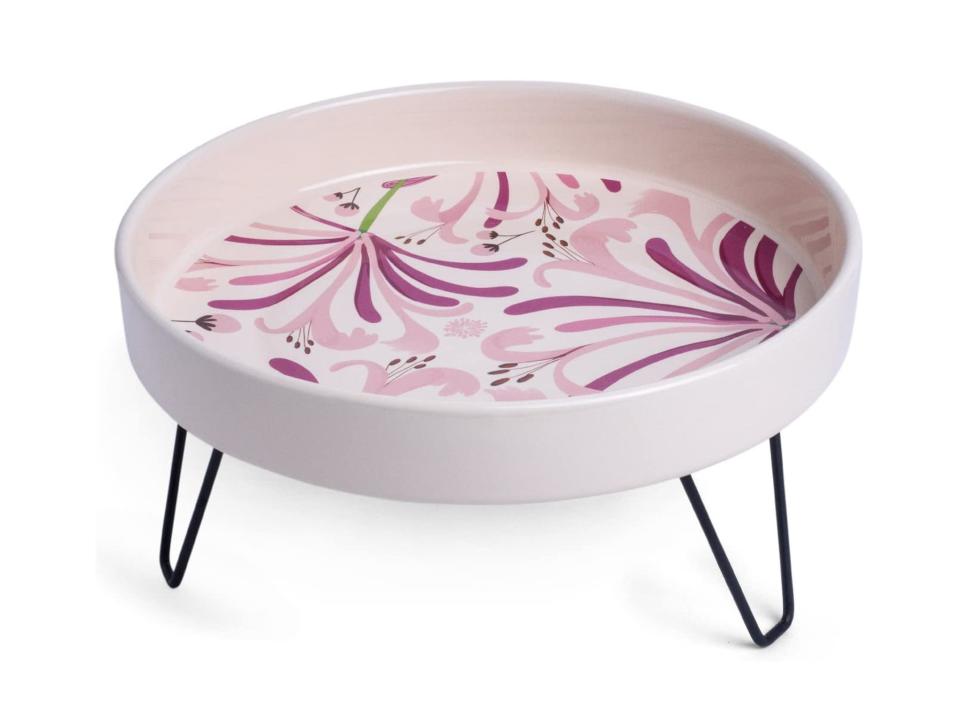
The sturdy tripod and low height mean it’s unlikely to tip over, and you may even want to place some stones in it to give small birds and butterflies a resting place. “Just be sure to clean it and top it up regularly with cool, fresh water,” notes Jacques.
Another way to attract birds to your garden is with a nest box, and there are a plethora of designs out there, appealing to a different species. Most birds are territorial, however, meaning you can only fit a couple in a garden.
To get the most bang for your buck, Jacques recommends a house sparrow terrace, and we love this Plant Theatre sparrow loft (Amazon, £19.99), which provides a great way to see multiple nests together.
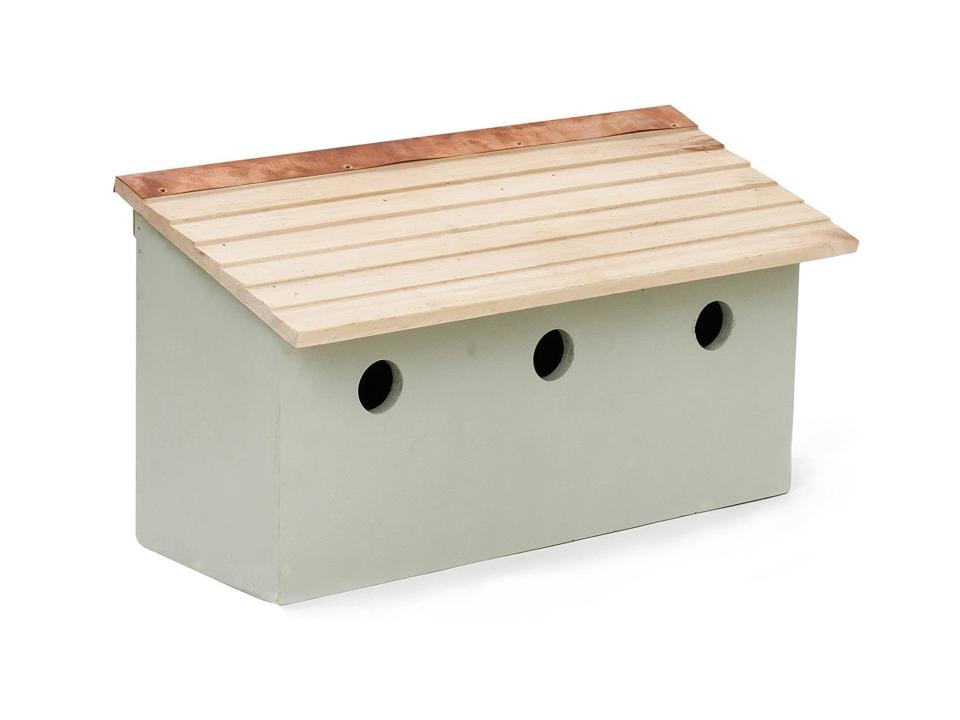
“House sparrows like to nest communally and by providing a nest box, you will help to benefit one of our urban species in the greatest decline,” he adds.
If you’re looking for an even easier solution, RSPB nature gardening expert Adrian Thomas says that “the simplest way to attract more birds to your garden is by providing them with supplementary food and a source of water”.
If you’re unsure which food to opt for, we’d suggest this Extra Select seed mix (Amazon, £3.29) in an iBorn bird feeder (Amazon, £14.99).
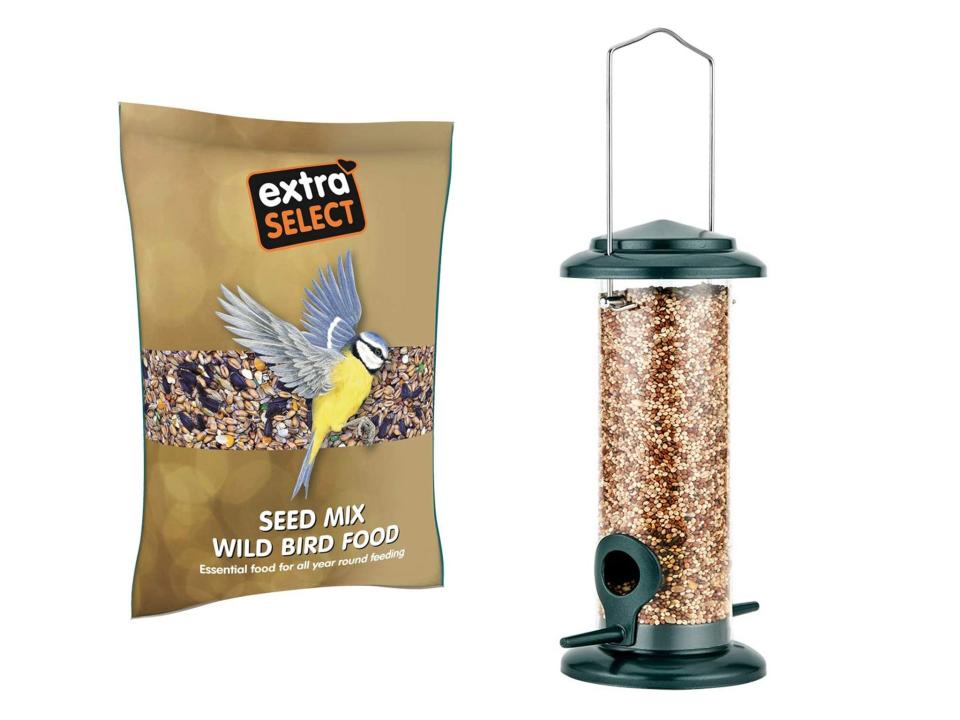
"Putting out bird food, such as sunflower hearts, peanuts, nyjer seed and fatty nibbles in hanging feeders is an almost certain way to draw in a wide range of species into your garden," says Thomas.
Looking to reconnect with nature? Read our guide to making family walks fun
Read More
9 best watering cans: Choose from brass, modern or steel designs
Everything you need to start gardening on a balcony or windowsill

